38 r factor levels labels
R语言基础包对「分类变量」的解决方案 - 知乎 这些函数最常用的是factor()和as.factor(),前者用于定义因子变量,后者用于将其他类型变量转换成因子变量,二者在许多情况下可以混用。. is.factor()用来判断变量是否为因子类型。 ordered()函数和factor()函数一样,都是用来定义因子变量的,区别在于前者定义的只能是有序因子变量,而后者通常情况下 ... Factor Levels in R | DataCamp R allows you to do this with the function levels (): levels (factor_vector) <- c ("name1", "name2",...) A good illustration is the raw data that is provided to you by a survey. A common question for every questionnaire is the sex of the respondent. Here, for simplicity, just two categories were recorded, "M" and "F".
as_factor function - RDocumentation x <- labelled (sample (5, 10, replace = true), c(bad = 1, good = 5)) # default method uses values where available as_factor (x) # you can also extract just the labels as_factor (x, levels = "labels") # or just the values as_factor (x, levels = "values") # or combine value and label as_factor (x, levels = "both") # as_factor () will preserve spss …
R factor levels labels
Factors in R - University of California, Berkeley The levels of a factor are used when displaying the factor's values. You can change these levels at the time you create a factor by passing a vector with the new values through the labels= argument. Note that this actually changes the internal levels of the factor, and to change the labels of a factor after it has been created, the assignment form of the levels function is used. R 因子 | 菜鸟教程 R 语言创建因子使用 factor () 函数,向量作为输入参数。 factor () 函数语法格式: factor(x = character(), levels, labels = levels, exclude = NA, ordered = is.ordered(x), nmax = NA) 参数说明: x:向量。 levels:指定各水平值, 不指定时由x的不同值来求得。 labels:水平的标签, 不指定时用各水平值的对应字符串。 exclude:排除的字符。 ordered:逻辑值,用于指定水平是否有序。 nmax:水平的上限数量。 以下实例把字符型向量转换成因子: 实例 x <- c("男", "女", "男", "男", "女") sex <- factor( x) r - Confusion between factor levels and factor labels - Stack Overflow Very short : levels are the input, labels are the output in the factor () function. A factor has only a level attribute, which is set by the labels argument in the factor () function. This is different from the concept of labels in statistical packages like SPSS, and can be confusing in the beginning. What you do in this line of code
R factor levels labels. Getting Started with R - Part 7: Factors - Levels and Labels You can set the levels labels after constructing a factor. This would be similar to passing in the labels parameter. We can pass a full new vector or just labels the labels of the levels selectively. Let us just change factor label 1 from "Jack" to "Mr. Prelutsky". levels(repeat_factor_labeled) [1] <- "Mr. Prelutsky" repeat_factor_labeled Change Legend Labels of ggplot2 Plot in R (2 Examples) In this post, I'll explain how to modify the text labels of a ggplot2 legend in R programming. The tutorial will consist of these content blocks: 1) Exemplifying Data, Add-On Packages & Basic Graphic. 2) Example 1: Change Legend Labels of ggplot2 Plot Using scale_color_manual Function. 3) Example 2: Rename Factor Levels to Change Legend ... 15.10 Changing the Names of Factor Levels - R Graphics 11.1 Splitting Data into Subplots with Facets. 11.2 Using Facets with Different Axes. 11.3 Changing the Text of Facet Labels. 11.4 Changing the Appearance of Facet Labels and Headers. 12 Using Colors in Plots. 12.1 Setting the Colors of Objects. 12.2 Representing Variables with Colors. Quick-R: Value Labels To understand value labels in R, you need to understand the data structure factor. You can use the factor function to create your own value labels. # variable v1 is coded 1, 2 or 3 # we want to attach value labels 1=red, 2=blue, 3=green mydata$v1 <- factor (mydata$v1, levels = c (1,2,3), labels = c ("red", "blue", "green"))
How to Change the Levels of a Factor in R - ProgrammingR We have two factors (wool, tension). We want to rename factor levels in r so they are easier to understand. Let's take look at their values: # look at factor levels in r for wool > levels (warpbreaks$wool) [1] "A" "B" # look at factor levels in r for tension > levels (warpbreaks$tension) [1] "L" "M" "H" R Factor and Factor Levels: How to Create Factors in R - R-Lang R Factor Factors in R are the data objects used to categorize the data and store it as levels. Factors can store both strings and integers. Factors can be ordered or unordered and are an important class for statistical analysis and for plotting. Factors are saved as integers and have labels associated with these unique integers. FACTOR in R [CREATE, CHANGE LABELS and CONVERT data] - R CODER By default, converting a character vector to factor will order the levels alphabetically . If you want to preserve the order of the levels as appear on the input data, specify in the levels argument the following: factor(days, levels = unique(days)) Output factor function - RDocumentation is.factor, is.ordered, as.factor and as.ordered are the membership and coercion functions for these classes. Usage factor (x = character (), levels, labels = levels, exclude = NA, ordered = is.ordered (x), nmax = NA) ordered (x, …) is.factor (x) is.ordered (x) as.factor (x) as.ordered (x) addNA (x, ifany = FALSE) Arguments x
as_factor function - RDocumentation Details. as_factor converts numeric values into a factor with numeric levels. as_label, however, converts a vector into a factor and uses value labels as factor levels. How to label factors but still preserve its original levels' values - R the reason there are separate levels and labels arguments is because the vector you pass may not have every "level" in it. e.g. factor (1:3,levels = 1:4,labels = letters [2:5]). levels allows you to notify r that there are some categories you want "space" for that aren't in the original set, (also for ordering purposes). labels is just for … R Factors - Operating on Factors and Factor Levels - TechVidvan Adding and Dropping Levels of R Factor To add a value that does not exist in the level of a factor, we must add it to the level first. Code: > levels(fac1) <- c("female","male","other") > fac1 Output: We can also remove levels from a factor by using the droplevels () function. This function removes unused levels from a factor. Code: How to Rename Factor Levels in R (With Examples) - Statology There are two methods you can use to rename factor levels in R: Method 1: Use levels () from Base R levels (df$col_name) <- c ('new_name1', 'new_name2', 'new_name3') Method 2: Use recode () from dplyr package library(dplyr) data$col_name <- recode (data$col_name, name1 = 'new_name1', name2 = 'new_name2', name3 = 'new_name3')
Renaming levels of a factor - cookbook-r.com You want to rename the levels in a factor. Solution # A sample factor to work with. x <- factor(c("alpha","beta","gamma","alpha","beta")) x #> [1] alpha beta gamma alpha beta #> Levels: alpha beta gamma levels(x) #> [1] "alpha" "beta" "gamma" The easiest way is to use revalue () or mapvalues () from the plyr package:
Data Wrangling: De factores, levels and labels - R que R Levels: Vemos que R ha ordenado las distintas categorías según un criterio alfabético y, por ello, a la categoría alta le atribuye el número 1, a baja el número 2, a media el número 3, etc. El orden asignado por defecto podría ser funcional en el caso de variables de tipo nominal pero, sin embargo, existe un gran número de ocasiones en las que trabajemos con variables ordinales, como ...
R Factor | Programming tutorial R Factor Factors are used to store different types of data , For example, there are two categories of men and women , According to age, there can be minors and adults . R The language creation factor uses factor() function , Vector as input parameter . factor() Function syntax format : factor(x = character(), levels, labels = levels, exclude = NA, ordered = is.ordered(x), nmax = NA ...
R Factor - Learn By Example Factor Labels R lets you assign abbreviated names for the levels. You can do this by specifying the labels argument of factor (). directions <- c ("North", "West", "South", "East", "West", "North", "South") f <- factor (directions, levels = c ("North", "East", "South", "West"), labels = c ("N", "E", "S", "W")) f [1] N W S E W N S Levels: N E S W
as factor in R: How to Use as.factor() Function - R-Lang You can see in the output that the numeric codes correspond to the factor levels. For example, " zack" corresponds to 3, " snyder" corresponds to 2, and "cut" fits 1. Conclusion. The as.factor() function is a wrapper for factor, allowing quick return if the input vector is already a factor. That is it for this tutorial.
Levels in R: What are the Factor Levels - R-Lang Levels of a factor are gathered from the data if not provided. Levels in R The levels () is an inbuilt R function that provides access to the levels attribute. The first form returns the value of the levels of its argument, and the second sets the attribute. You can assign the individual levels using the gl () function.
r - Why is the terminology of labels and levels in factors so weird ... The factor is an integer vector without any names, but with a levels attribute. A factor has no labels. It only has levels. The labels argument to factor is just a way to be able to give a set of strings but produce another set of strings as the levels... But to confuse things further, the dput function prints the levels attributes as .Label!
How to Reorder Factor Levels in R (With Examples) - Statology How to Reorder Factor Levels in R (With Examples) Occasionally you may want to re-order the levels of some factor variable in R. Fortunately this is easy to do using the following syntax: factor_variable <- factor(factor_variable, levels=c ('this', 'that', 'those', ...)) The following example show how to use this function in practice.
How to Rename Factor Levels in R? - GeeksforGeeks Method 1: Using the base R method. The factor levels can be renamed using the comparison and indexing operators. The existing factor value is compared and then modified by assigning it to a new value. The changes are made to the existing factor vector. The following syntax is followed :
R Factors and Factor Levels (With Examples) - DataMentor Here, we can see that factor x has four elements and two levels. We can check if a variable is a factor or not using class () function. Similarly, levels of a factor can be checked using the levels () function. > class (x) [1] "factor" > levels (x) [1] "married" "single" How to create a factor in R?
R - Factors - tutorialspoint.com Generating Factor Levels. We can generate factor levels by using the gl() function. It takes two integers as input which indicates how many levels and how many times each level. Syntax gl(n, k, labels) Following is the description of the parameters used −. n is a integer giving the number of levels. k is a integer giving the number of ...
r - Confusion between factor levels and factor labels - Stack Overflow Very short : levels are the input, labels are the output in the factor () function. A factor has only a level attribute, which is set by the labels argument in the factor () function. This is different from the concept of labels in statistical packages like SPSS, and can be confusing in the beginning. What you do in this line of code
R 因子 | 菜鸟教程 R 语言创建因子使用 factor () 函数,向量作为输入参数。 factor () 函数语法格式: factor(x = character(), levels, labels = levels, exclude = NA, ordered = is.ordered(x), nmax = NA) 参数说明: x:向量。 levels:指定各水平值, 不指定时由x的不同值来求得。 labels:水平的标签, 不指定时用各水平值的对应字符串。 exclude:排除的字符。 ordered:逻辑值,用于指定水平是否有序。 nmax:水平的上限数量。 以下实例把字符型向量转换成因子: 实例 x <- c("男", "女", "男", "男", "女") sex <- factor( x)
Factors in R - University of California, Berkeley The levels of a factor are used when displaying the factor's values. You can change these levels at the time you create a factor by passing a vector with the new values through the labels= argument. Note that this actually changes the internal levels of the factor, and to change the labels of a factor after it has been created, the assignment form of the levels function is used.
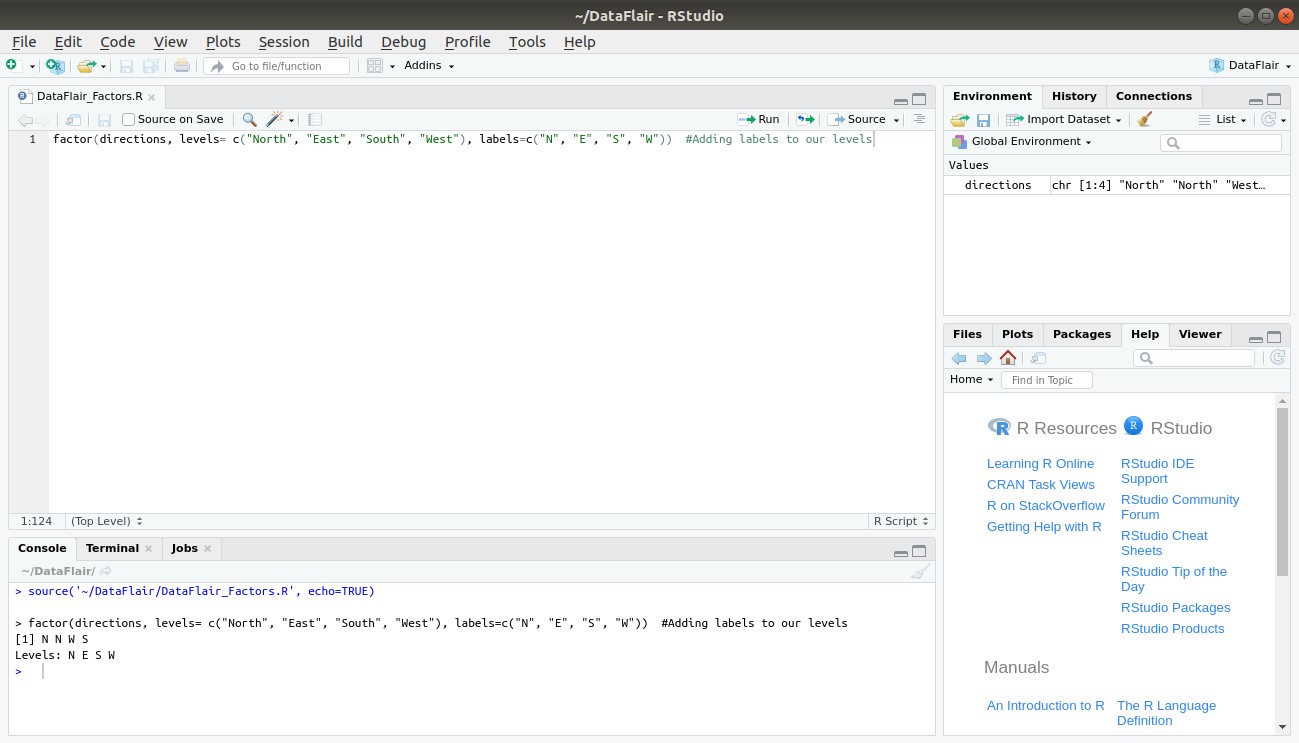

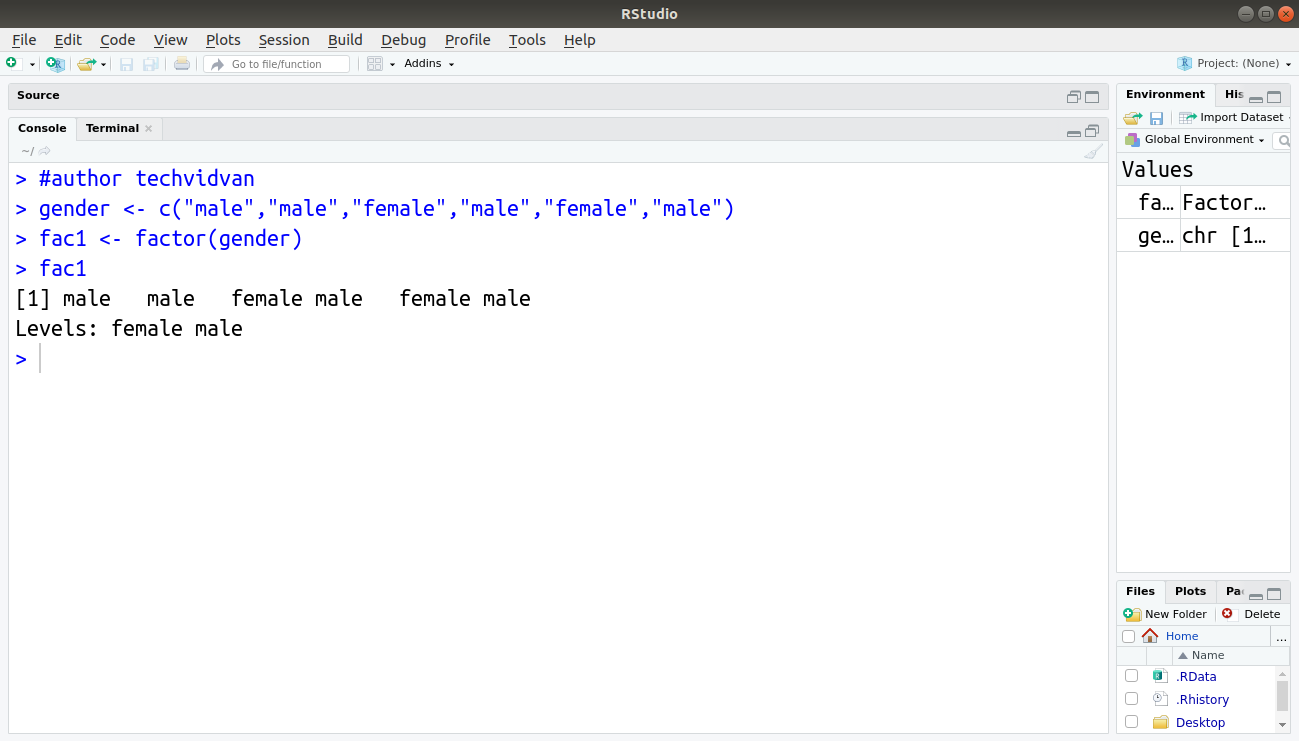
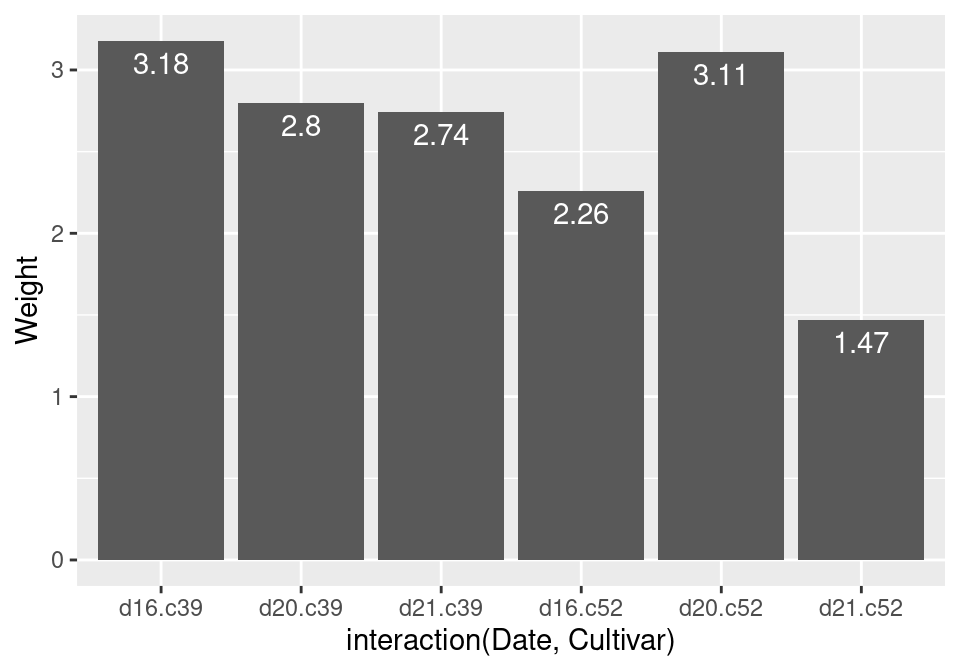

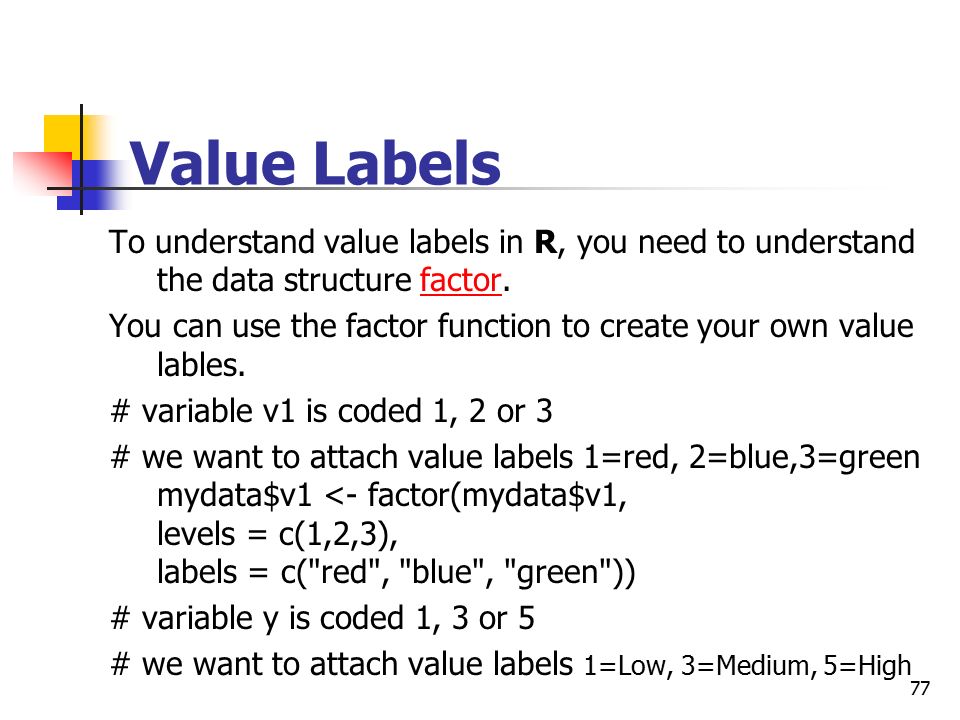
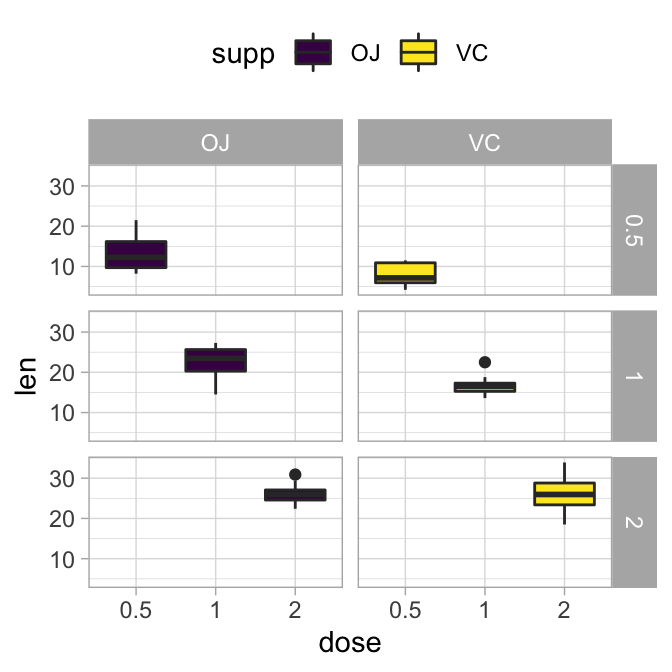

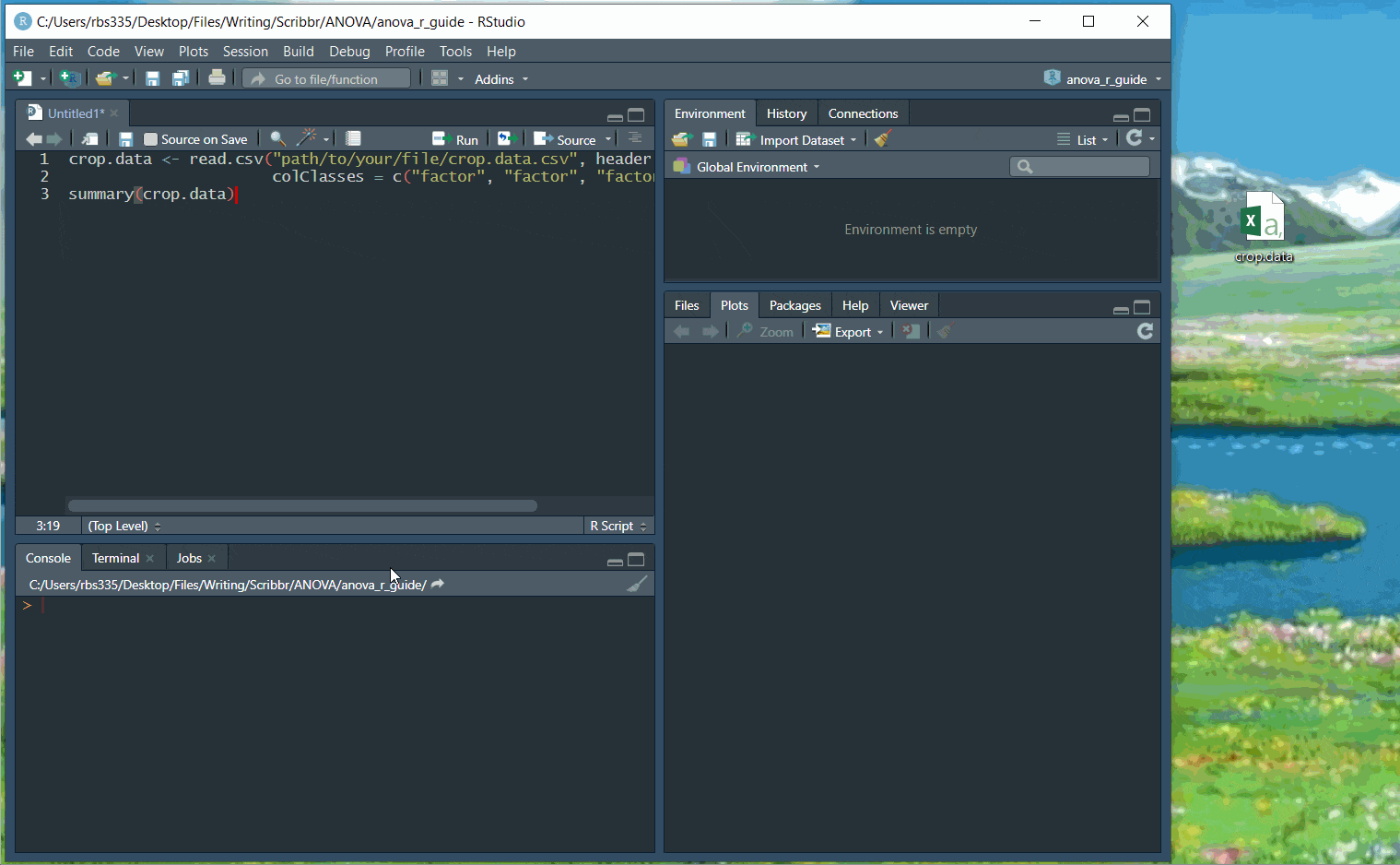
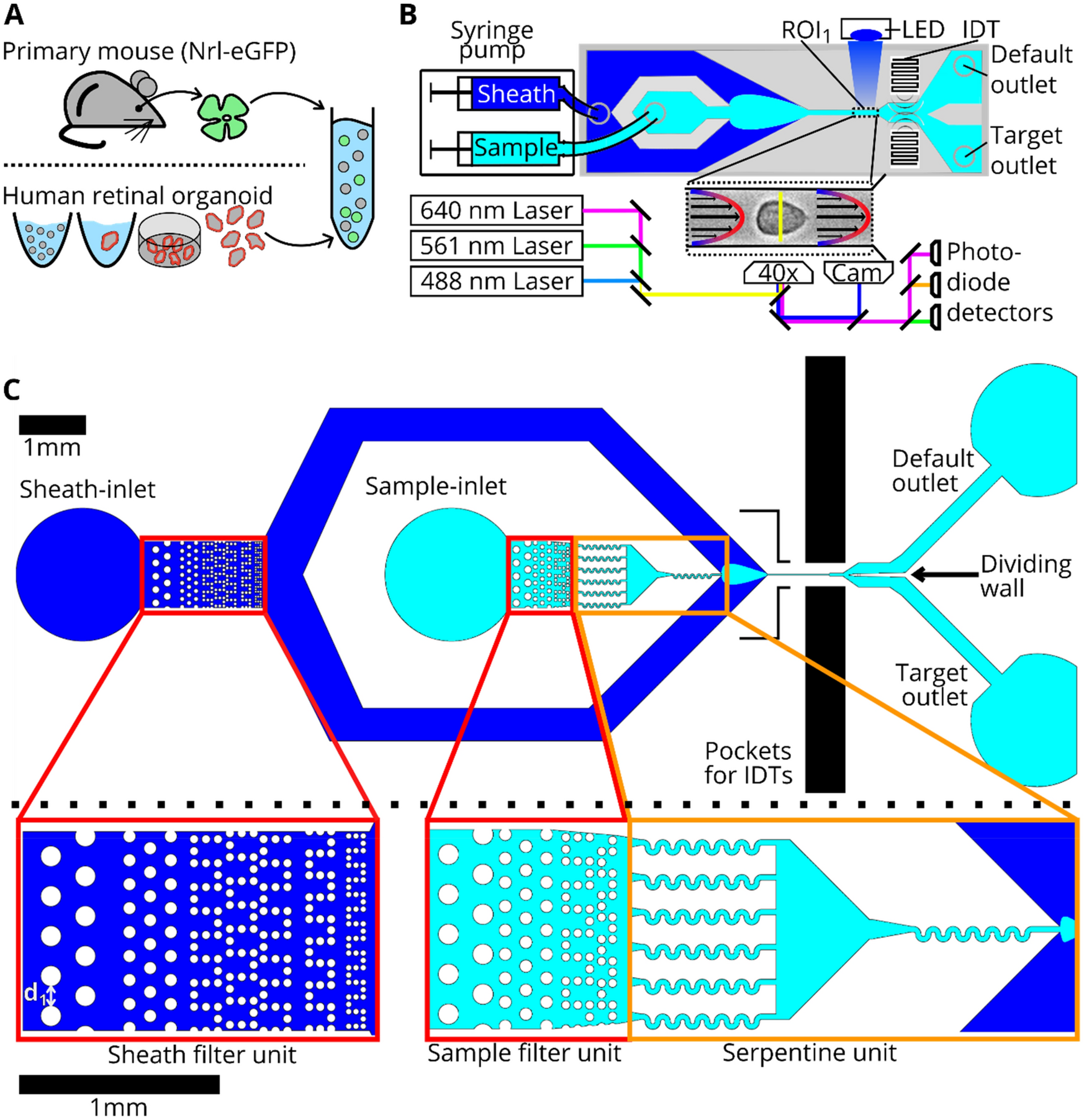







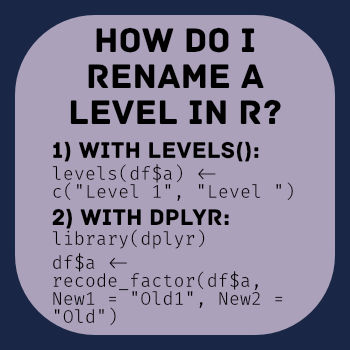




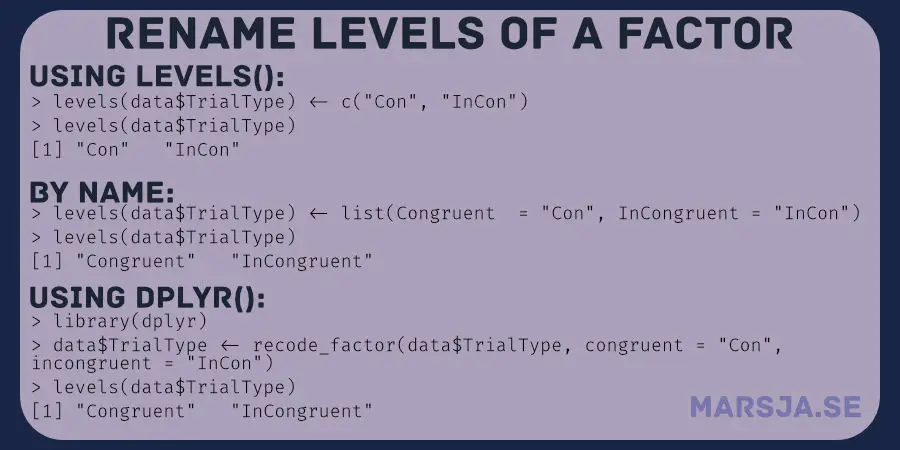
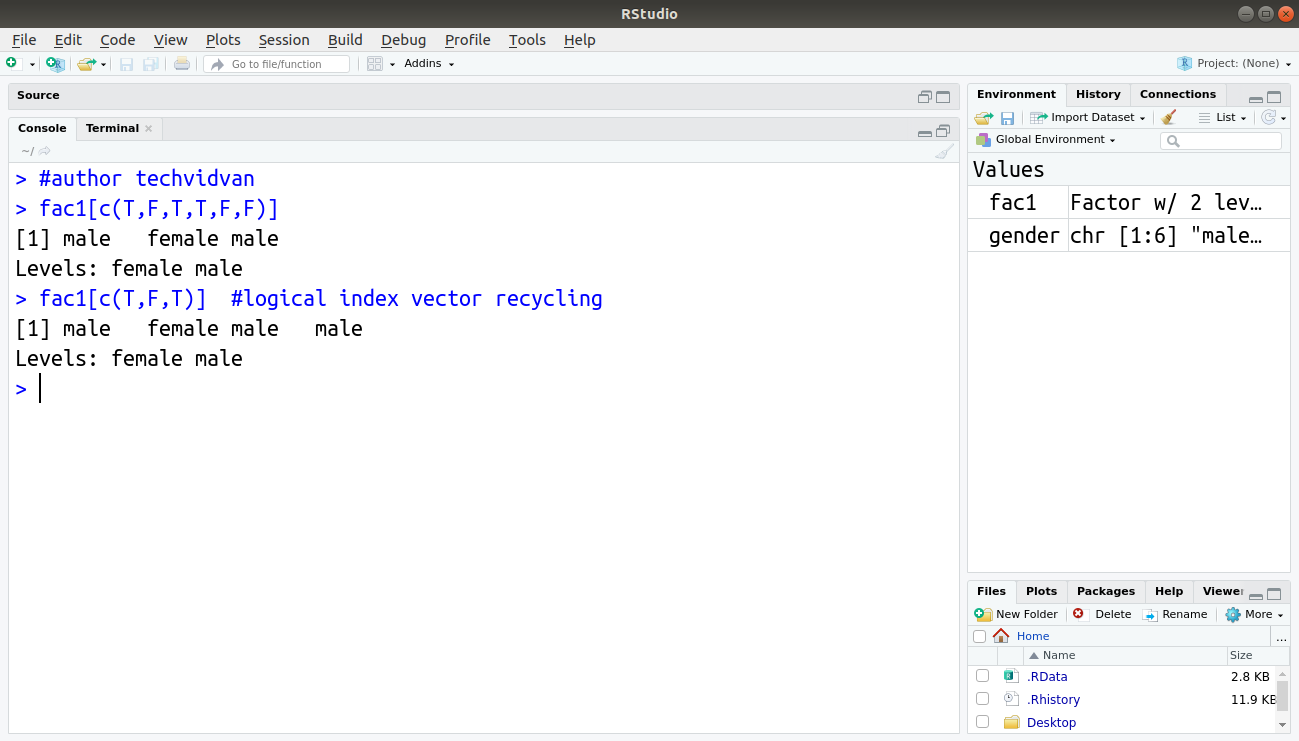

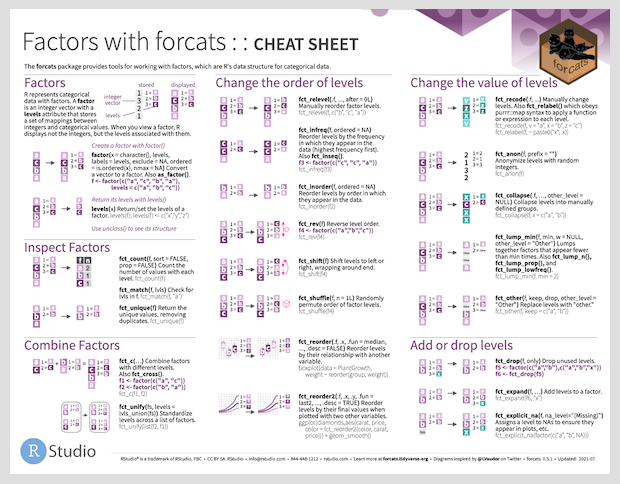
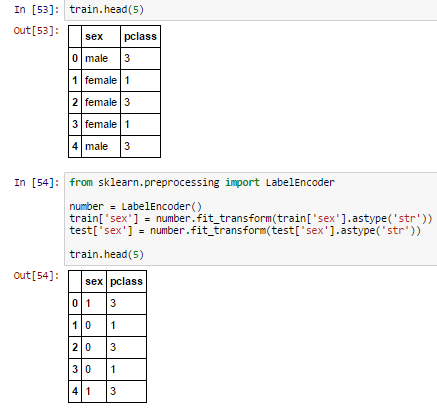

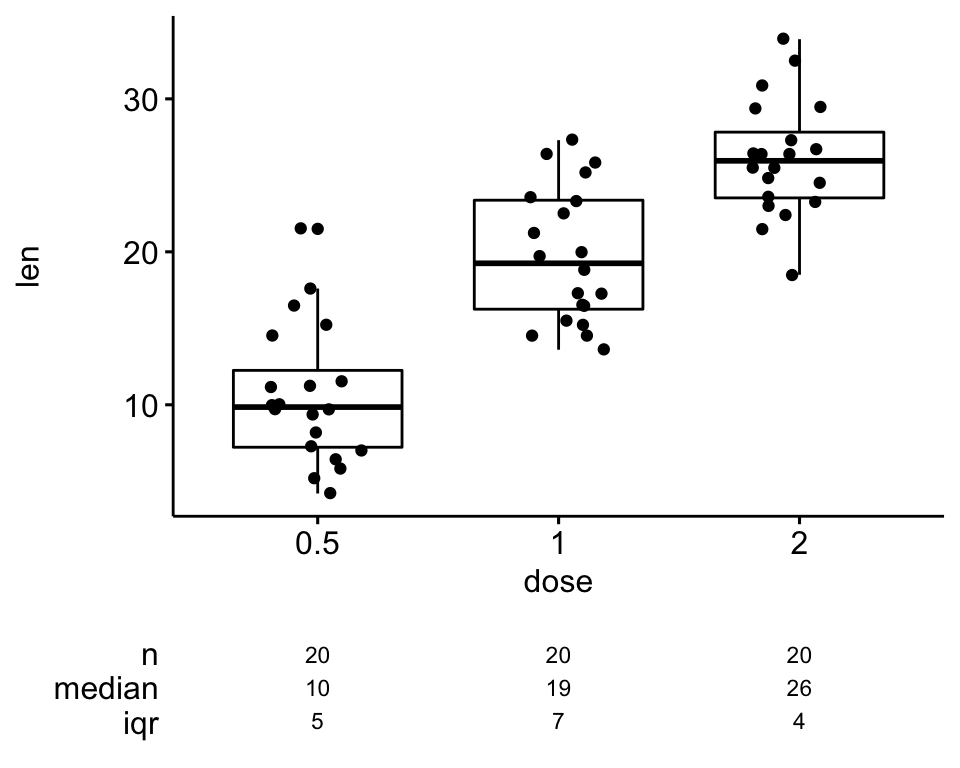

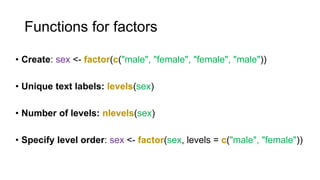
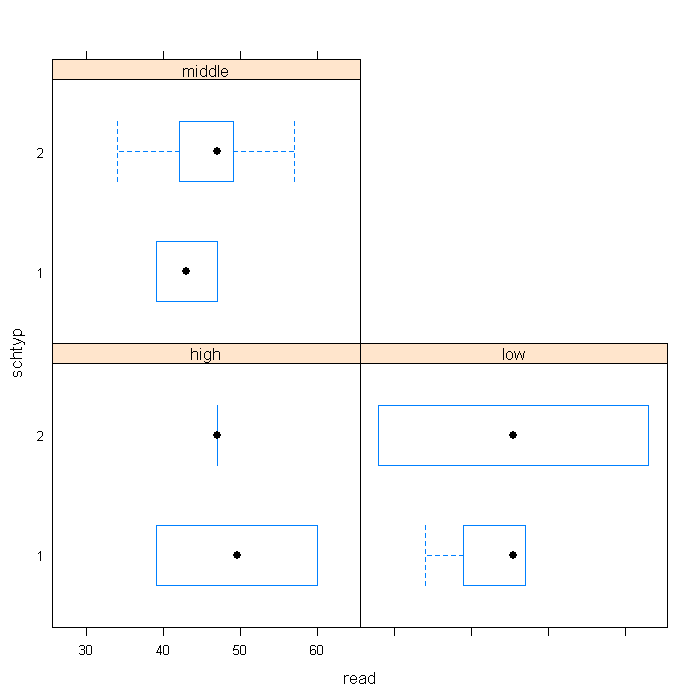


Post a Comment for "38 r factor levels labels"